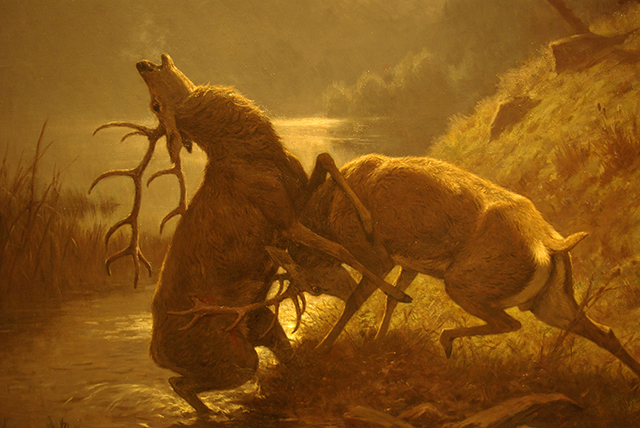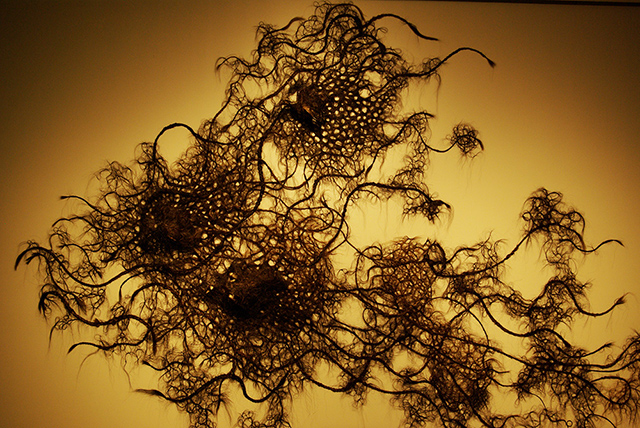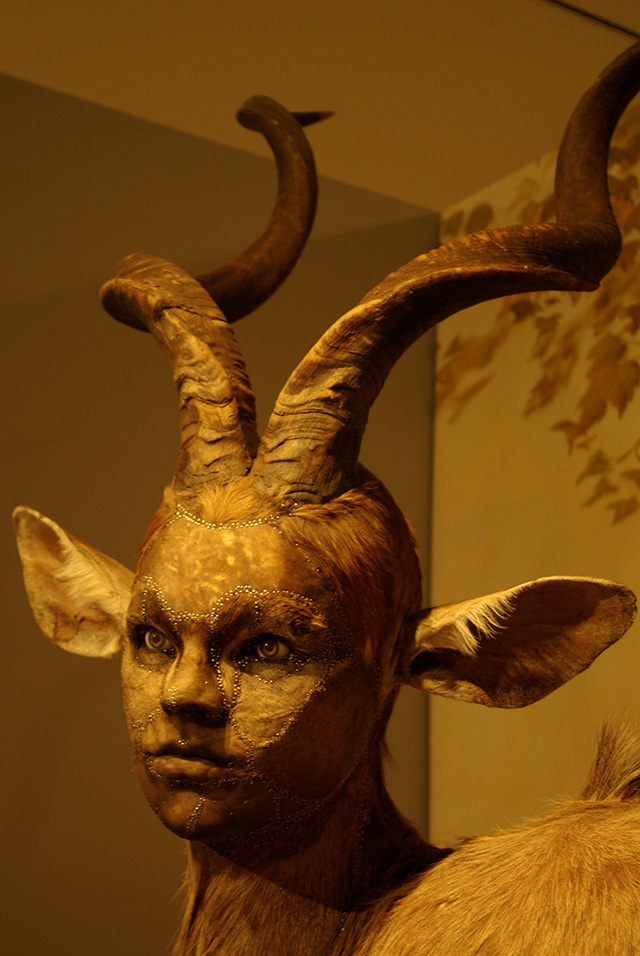There’s a small museum in Reno that’s having a global impact on the arts. Five years ago, the Nevada Museum of Art, the only fully accredited art museum in the state, created the Center for Art + Environment, which has become internationally recognized as a leader in the research and study of how humans interact with their natural surroundings. Today, they maintain the world’s archive for materials related to the subject, and have the works of over 400 artists from every continent.
Every three years, the museum hosts an Art + Environment Conference, attended by people from literally everywhere, and sells out almost as soon as it’s announced. This year’s theme was built around the Late Harvest exhibition, currently on view at the museum and open to the public until January 18th, 2015.

I’m no art expert or critic by any stretch, but I do love me some art, and was completely intrigued by the promotions for the conference. What followed were three of the most curious, confounding, and thought provoking days I’ve spent, both touring the exhibits and listening to the speakers, many of them featured artists in the galleries. Their talks ranged from 15 to 60 minutes, but the distances and subject matter covered were immense.
Since the conference won’t happen again for three years, here’s just a taste of what you can still experience if you feel like taking a drive through the mountains to Reno this fall.
First, the curious part, the juxtaposition of wildlife masterpieces (on loan from the National Museum of Wildlife Art) with some very unusual and highly interpretive works of taxidermy. Not sure how they managed to do this without being farcical? But the results are the results are remarkably rich, magnificent oil paintings in contrast to peacocks in formal wear, some kind of large hoofed animal with a human face and antlers, and sculptures composed of feather/animal/textile/hair with surprises tucked into the details. The effects are magical, at times humorous, occasionally creepy, and completely unexpected. It struck me while I was walking around that I’ve never given any thought to what actually goes into curating an exhibition, and the complexity of that task. I can’t even begin to fathom the discussions that went on when choosing the works displayed here.

What confounded me was that someone actually had the idea to create an art installation in Antarctica (a portion of which is recreated at the museum). Who does that? Sculptures that show us not what is there to be seen but rather what is missing. Think about that: three-dimensional representations of what amounts to negative space. While it makes conceptual sense that the world of art and environment—which can include pretty much anything that represents human relationships to the natural, constructed, or virtual world—has limitless potential and scope, it’s something else all together to begin to feel that vast scope as you gaze at what’s on display in the galleries.
As for thought provoking, well, for starters, I get to expand my vocabulary with words like geoaesthetics and post humanism, which I can figure out from their word roots, but thanks to the show’s vivid visual representations, I can actually pick up on some of the nuances and their connection to artistic endeavors. Or solastalgia, a form of psychic or existential distress caused by environmental change. This idea is at the heart of an Aboriginal art display from the Paruku region of Western Australia. The area is both remote and ravished, and in danger of losing its cultural identity. This project ends up being a combination of environmental and artistic reclamation—an idea that is central to A+E.

What, you may ask, is understanding of “art and environment,” after all this?
Still tenuous, at best. But, this point of view, this movement—and all the artists associated with it—is something I have the deepest respect, admiration, and appreciation for. I’ll be going back at least a couple more times to see Late Harvest. And, thankfully, the Nevada Museum of Art has published a book to go along with the conference and exhibition. I’m not one to flack book sales, but if detailed and thoughtful explanations on the connections between the artists, their art, the A+E discipline, peak your curiosity, consider checking it out. It’s quite beautiful in its own right, and will be available soon through the museum’s store. At the very least, consider a jaunt up to Reno. No, there’s no snow yet, and yes, the ride through the Sierras is glorious as always. And no, the experience of the Nevada Museum of Art and the truly provocative Late Harvest is not something you will soon forget.